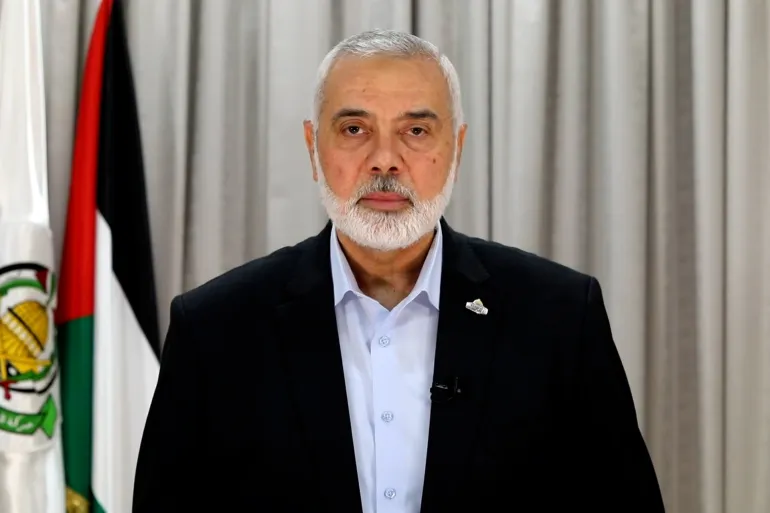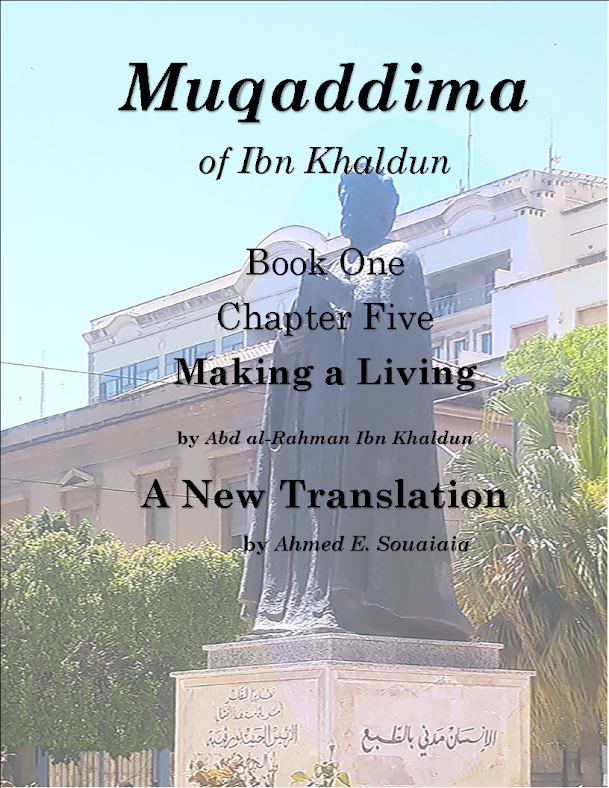
New York Times tells its journalists which words to use when covering the war on Gaza

According to the site, the New York Times memo also directs journalists not to use the word Palestine except in very rare cases, and to stay away from the term “refugee camps” to describe the places to which Palestinians have historically been displaced within the Gaza Strip, who fled from other parts of Palestine during the Arab-Israeli wars. Previous.
It is noteworthy that the United Nations recognizes the areas to which Palestinians were displaced as camps housing hundreds of thousands of registered refugees.
The memo, written by New York Times Standards Editor Susan Wesling, international editor Philip Ban, and others, provides guidance on some of the terms and other issues that have imposed themselves on the scene since the start of the Israeli war on the Gaza Strip last October.
While the document is presented as a blueprint for maintaining journalistic principles of objectivity when dealing with the war on Gaza, several New York Times journalists told The Intercept that some of its contents provide evidence of the newspaper adopting the Israeli narrative.
The website quoted a source in the New York Times newsroom - who requested anonymity for fear of being held accountable - saying that the matter “seems professional and logical if you do not have knowledge of the historical context of the Palestinian-Israeli conflict, but if you do know, it will be clear how much it identifies with the Israeli narrative.” ".
The Intercept noted that the guidelines were first distributed to New York Times journalists last November, and were updated regularly over the following months.
On March 14, demonstrators supporting the Palestinian cause stormed the building of the New York Times newspaper in protest against its bias towards Israel in the ongoing war on the Gaza Strip. This is the second storming, as pro-Palestinian demonstrators had previously occupied the newspaper’s lobby on November 11, demanding an immediate cessation. Because of the Israeli aggression on Gaza, they accused the newspaper of bias towards Israel in its coverage of the war on the Gaza Strip.
The deliberate use of key words and adjectives by Western media, and all media outlets for that matter, is and established fact.
The language used by the media became a reflexive way of describing the events. CNN consistently describes the Oct. 7 attack as "brutal" and "terrorist, but uses no adjectives to describe Israel's retaliation, for example.Western media will add the adjective “brutal” when talking about Hamas’ attack on Oct. 7, but will use “war in Gaza” without attributing who is waging the war and what kind of war it is, which is brutal, destructive, and genocidal according to NGOs, many governments’ officials, and the International Court of Justice.
During the same time period, Western media used the phrase "Hamas' brutal" at least 554,000 times; whereas the "war in Gaza" was mentioned 33,900,000 times without any adjectives or qualifications despite the heavy loss of life and structures--a war that was described by independent observers, including the same media outlets who use this biased language, as unprecedented in the number and size of weapons dropped in the densely populated area just in in the first three weeks.
...
News media platforms’ use of guidelines, algorithms of sort,
to create an acceptable narrative for their audience, financiers, shareholders,
or governments is no secret nor is it practiced by limited, marginal media
platforms. Journalism is a profession that teaches people who work in the field
how to use words the same way a soldier is trained to use weapons.
Many people who believe in the need for free press to inform
the public thought that the best model is the creation of media platforms that
are not beholden to anyone. They thought a structure where a media outlet is guaranteed
funding from the government with full and complete editorial independence is
the way to go. This is the model of the British BBC and the American NPR.
However, a close examination of the editorial policies and practices would reveal
that even this model is still controlled by politics, ideology, or leadership
still. The recent revelation about NPR is a good lesson in understanding the synergy
between politics and journalism. Here is some reporting about the struggles inthe NPR organization.
In the letter published on Free Press, NPR’s senior business editor Uri Berliner claimed Americans no longer trust NPR – which is partly publicly funded – because of its lack of “viewpoint diversity” and its embrace of diversity, equity and inclusion (DEI) initiatives.
Berliner wrote that “an open-minded spirit no longer exists within NPR, and now, predictably, we don’t have an audience that reflects America”. He acknowledged that NPR’s audience had always tilted left, but was now no longer able to make any claim to ideological neutrality.
In the piece on Free Press, a site run by Bari Weiss, a former opinion editor at the New York Times, Berliner noted that in 2011 the public broadcaster’s audience identified as 26% conservative, 23% as middle of the road and 37% liberal. Last year it identified as 11% very or somewhat conservative, 21% as middle of the road, and 67% very or somewhat liberal.




























































